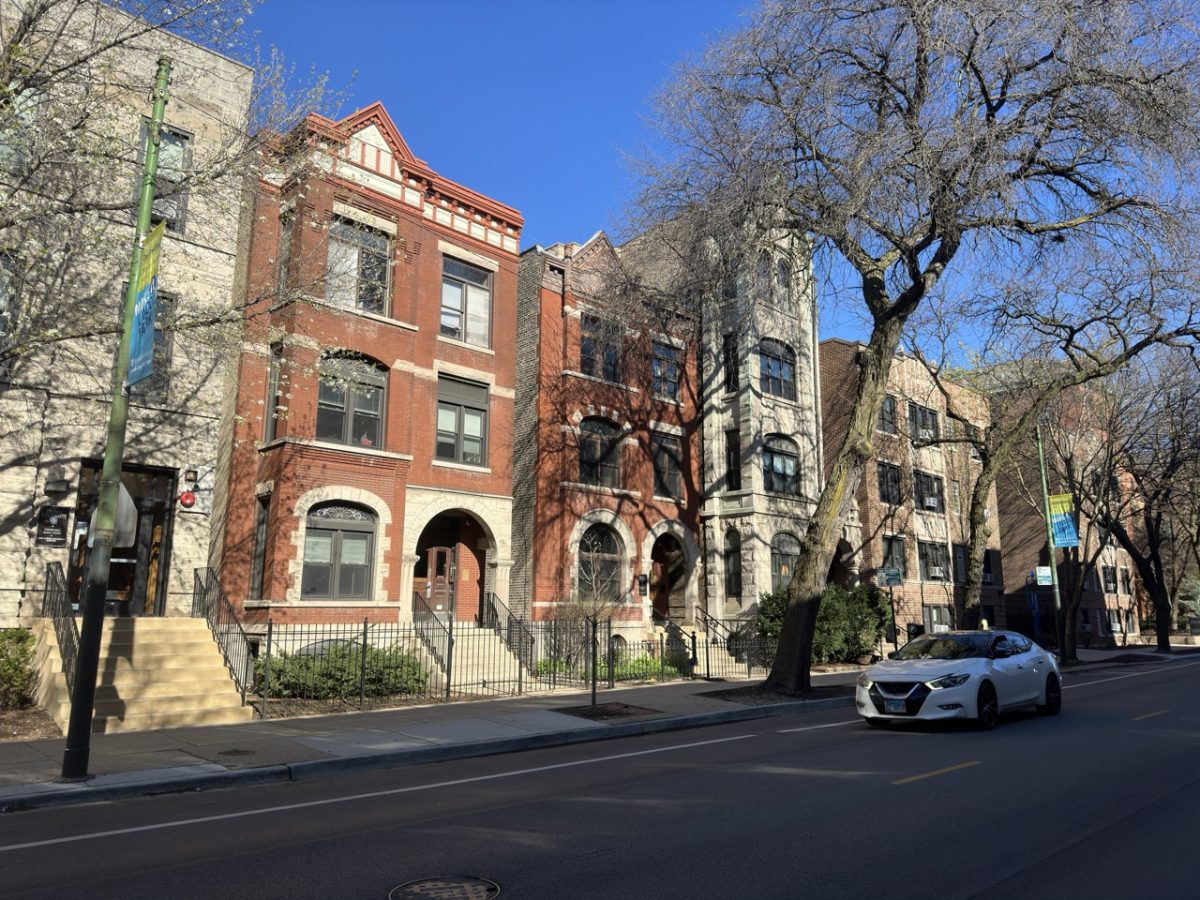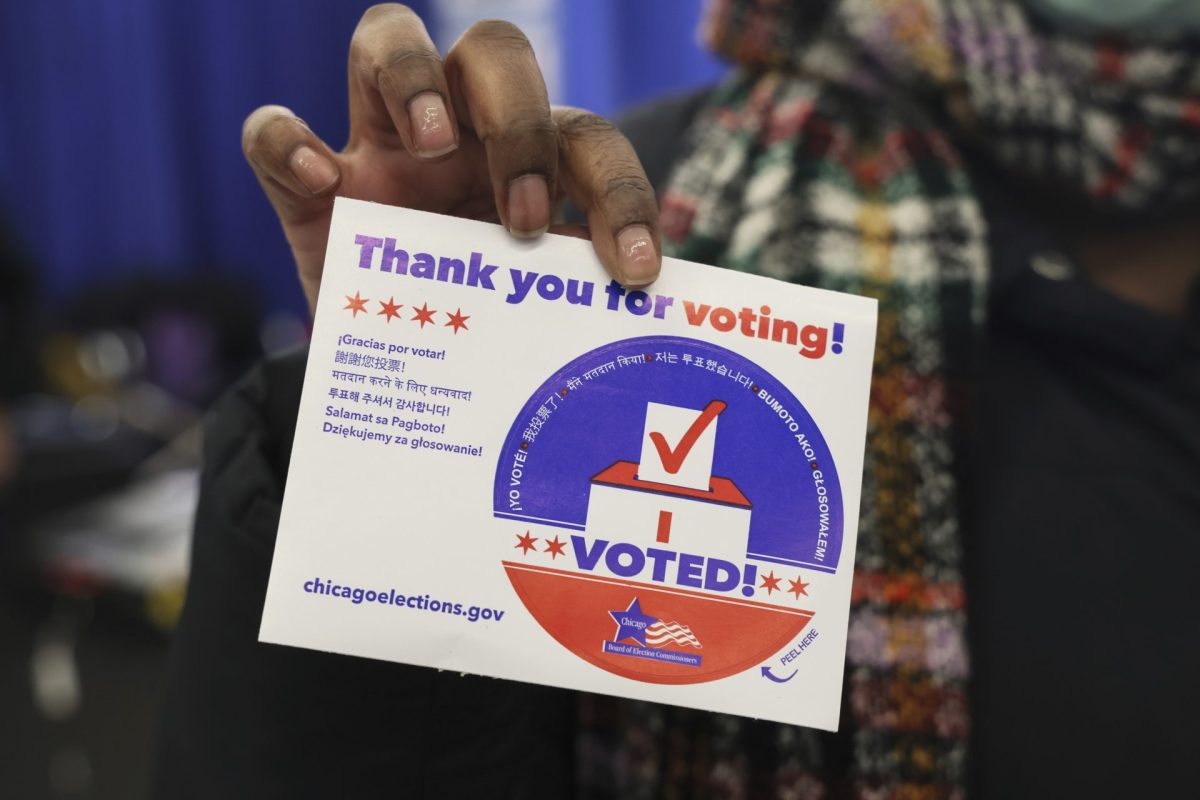[slideshow_deploy id=’12863′]
Daniel Burnham’s famous call to “make no little plans” ahead of his Plan of Chicago in 1909 set the tone for a city that would go on to achieve architectural and engineering feats once unimaginable. The reversal of the Chicago River, a lakefront free for all to enjoy and the towering skyscrapers stand as a testament to that.
Joining these feats is the 606, Chicago’s newest recreational trail. What makes it unique is that is built on an abandoned elevated rail line above several distinct neighborhoods. After improvements funded mainly through federal grants, the formerly decrepit 2.7 mile stretch is a linear park to be enjoyed by anyone looking for leisure, exercise or unique views of the city.
“It’s really been years since we’ve had a major new rail trail emerge in our region,” said Joe Schweiterman, a DePaul professor and director of the Chaddick Institute of Metropolitan Development. “This route is really a gem in that it’s elevated, larger portions of it are free of street crossings, and the history is kind of interesting too.”
The trail was once known as the Bloomingdale Line, a branch of the Milwaukee Road and later the Soo Line Railroad, where it served a small industrial district on the city’s North Side. The last train came through in 2001. More than a decade later, the city purchased the right-of-way from the railroad and began the process of turning it into a park.
The trail, which travels east-west down Bloomingdale Avenue, starts on the eastern end just before Ashland Avenue along the Wicker Park-Bucktown border and straddles the Logan Square-Humboldt Park dividing line until reaching the western terminus at Ridgeway Avenue, about two blocks west of Central Park Avenue.
“I think the location of this is almost perfect because it has some really interesting industrial scenery along it, it goes into neighborhoods that are still kind of edgy, and it could give some real definition to those neighborhoods,” Schwieterman said.
This has sparked concerns of gentrification, especially in Humboldt Park and Logan Square, where residents, many who are minorities and of lower socioeconomic status, fear being priced out of their homes.
Indeed, strolling down the path, one will see a lot of new construction as the trail is expected to be a boon for development in this communities. Yet one walking down the path would also notice that despite the predictable amount of yuppies, it was a rainbow of people utilizing what could really be a gem for the residents of those neighborhoods to enjoy.
According to Schweiterman, this could be the result of changing uses of city parks along with the previous dearth of recreational spots in many inland neighborhoods of the city.
“I think everybody is surprised at how the lakefront has become a world class recreational amenity,” Schweiterman said. “The problem is that neighborhoods that aren’t along the lakefront have a hard time attracting people to enjoy outdoor recreational activity because people don’t value city parks like they used to. They want places they can jog, ride their bike, and skateboard. So linear parks and trails are now all the rage.”
The trail has drawn comparisons to the High Line in New York, another rails-to-trails park that opened its last installment in 2014. The 606 is nearly twice as long and it is much closer to the ground, but both take on the idea of linear park.
The 606 is a nice ride through a part of Chicago that often is not put in the spotlight. Riders can take advantage of several off-ramps along the trail that lead to several neighborhood parks along the stretch.
Highlights of the trail include the seating along the stretch over Humboldt Boulevard, where trail users can sit down and take in the beautiful view of one of Chicago’s scenic boulevards, and also the western trailhead, where the trail gets elevated even higher, allowing for 360 degree views of the trail to the east, the railroad tracks to the west, and the neighborhoods that hug the trail from each side.
The only downside of the trail is that it erases the rail character it once had by not incorporating the rails into the design and disowning the Bloomingdale name. But, it makes up for it in its usefulness to the residents of the Northwest Side. It is no longer an abandoned rail line that divided communities. It brings them together.
The trail can best be reached from DePaul and the surrounding area by bike or bus. Bikers can take Ashland Avenue or Southport Avenue, make a right at Cortland Street, and then a left on Marshfield Avenue, where the eastern trailhead is. The trail is easily accessible via the #9 Ashland bus or #73 Armitage bus. Like all Chicago parks, it is open daily from 6 a.m. to 11 p.m.









Michelle Damico • Jun 26, 2015 at 10:58 pm
The 606 does not “disown the Bloomingdale name.” Signs all along The Bloomingdale Trail mark it in its full name and inform visitors that the Trail is the centerpiece of The 606! Have you not visited the Trail?
Brenden Moore • Jun 27, 2015 at 4:56 pm
Hi Michelle,
If you check the video posted above, you will see that I biked the trail earlier this week. I went up and down it a few times. As I said, really a gem that all Chicagoans should check out!
Regarding the “disowning of the Bloomingdale name,” The main point was the lack of history in the design regarding the rail character along with naming the system the 606. But perhaps there was some confusion with that. In any case, I will look into it.
All the best,
Brenden